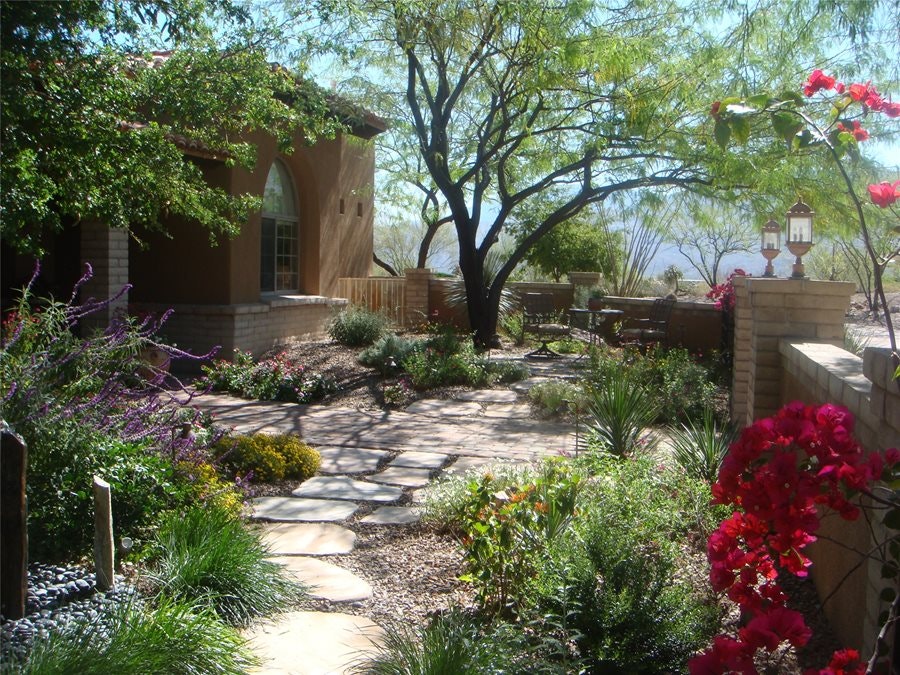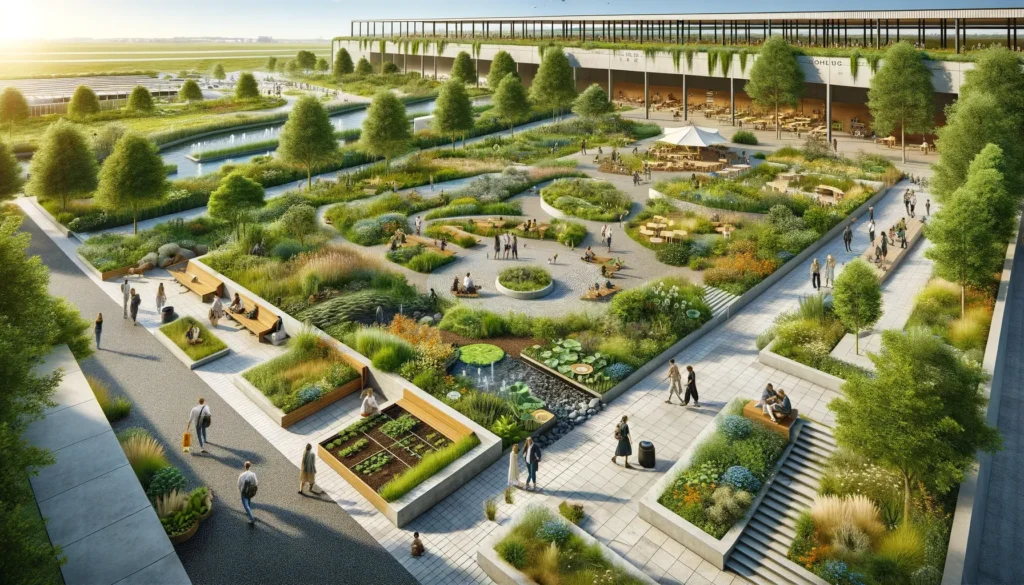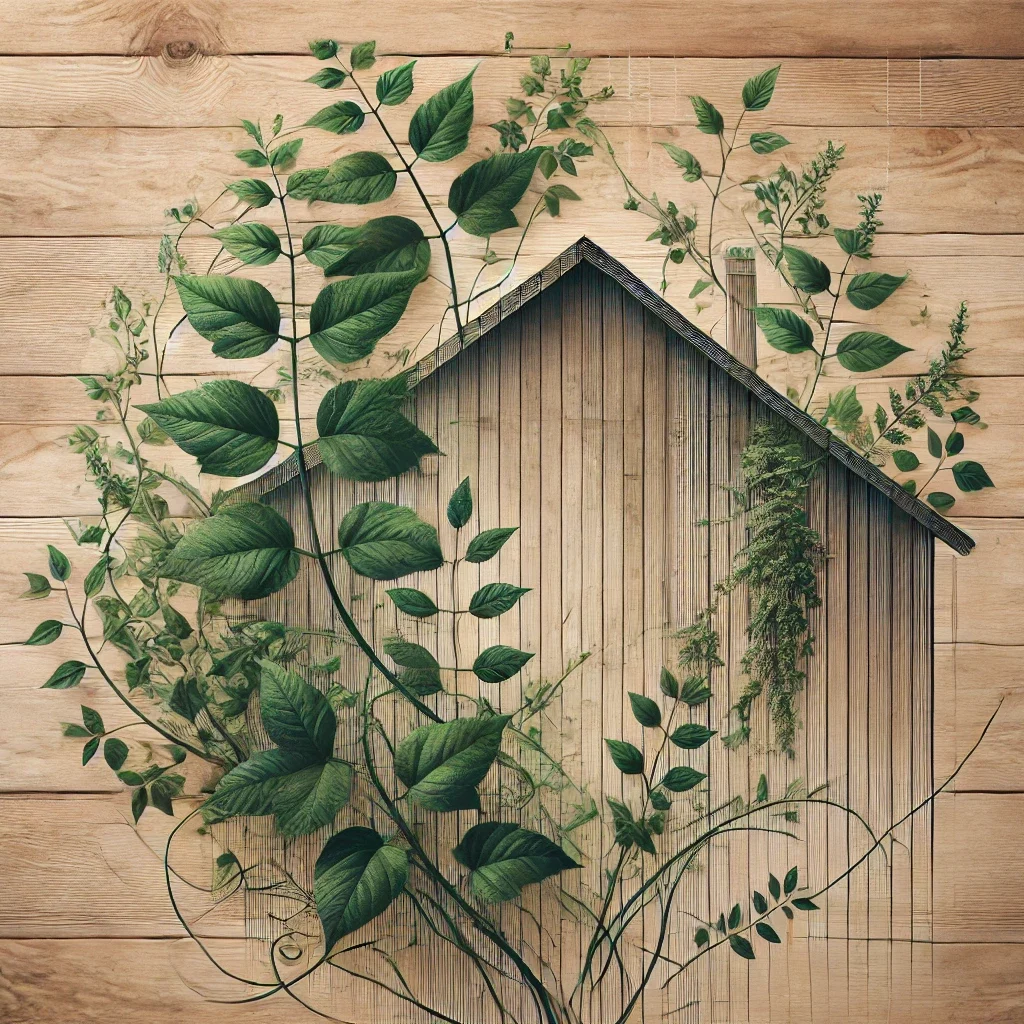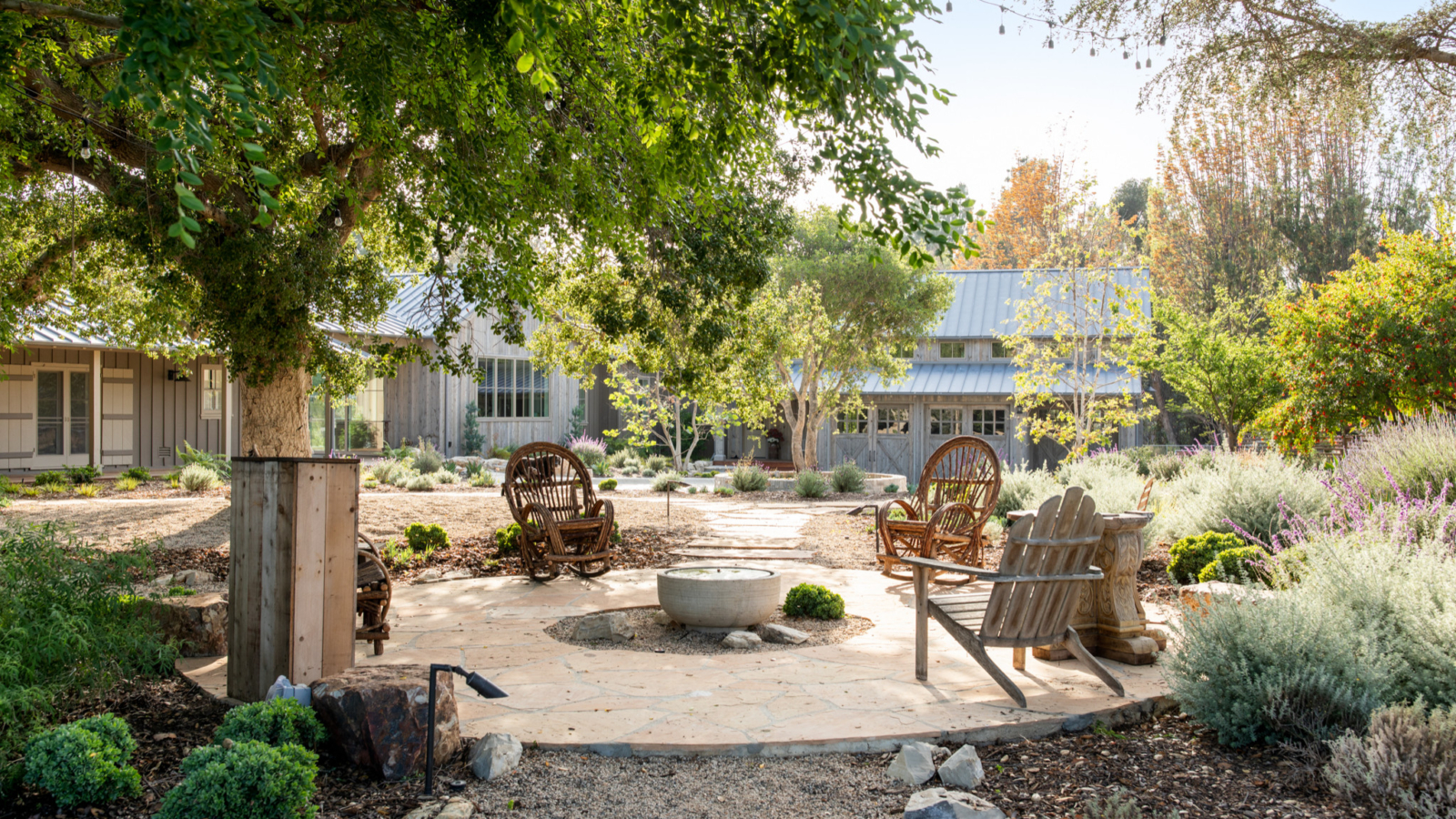Sustainable landscaping is an excellent way for Canadian homeowners to reduce water consumption, support local ecosystems, and enhance their property’s value. With a growing focus on environmental responsibility, many grants and funding programs are available to support eco-friendly yard design in 2024. Here’s how you can take advantage of these incentives to create a beautiful and sustainable outdoor space.
What is Sustainable Landscaping?
Sustainable landscaping incorporates eco-friendly practices to minimize environmental impact while creating functional and aesthetic outdoor spaces. Common features include native plants, rain gardens, permeable paving, and energy-efficient outdoor lighting.

Benefits of Sustainable Landscaping
- Water Conservation: Reduce water usage through drought-resistant plants and efficient irrigation systems.
- Environmental Impact: Support local wildlife and reduce pollution with native plants and eco-friendly materials.
- Lower Maintenance Costs: Native plants and smart irrigation systems require less upkeep, saving time and money.
- Improved Property Value: An eco-friendly yard can increase curb appeal and attract environmentally conscious buyers.
Grants and Incentives for Sustainable Landscaping
Several federal, provincial, and municipal programs offer financial support for eco-friendly landscaping projects.
- Canada Greener Homes Grant: While primarily for energy-efficient upgrades, the grant may support landscaping projects that include rain gardens or outdoor energy-saving systems.
- Provincial Programs:
- British Columbia’s CleanBC Program: Offers incentives for rainwater management and water-efficient landscaping.
- Quebec’s EcoAction Fund: Provides grants for projects promoting biodiversity and sustainable outdoor spaces.
- Municipal Programs:
- Toronto’s Eco-Roof Incentive Program: Supports green roofs and rooftop gardens, which contribute to urban sustainability.
- Calgary’s Rain Garden Rebate Program: Offers rebates for creating rain gardens to manage stormwater and support native plants.
How to Plan a Sustainable Landscape
- Start with a Design: Create a detailed plan that incorporates native plants, efficient irrigation, and sustainable materials.
- Focus on Native Plants: Use plants that are well-adapted to your region’s climate to reduce water usage and support local ecosystems.
- Incorporate Rainwater Management: Install rain barrels, rain gardens, or permeable paving to minimize runoff and conserve water.
- Use Eco-Friendly Materials: Choose recycled or natural materials for hardscaping to reduce your carbon footprint.
- Apply for Grants Early: Research available grants and apply as early as possible, as funding may be limited.

Tips for Maximizing Your Landscaping Project
- Combine multiple sustainability features, such as energy-efficient lighting and rainwater harvesting, to qualify for broader funding options.
- Consult with a professional landscaper experienced in sustainable practices to ensure your design meets grant requirements.
- Use online tools or local resources to identify plants native to your region and learn about their care requirements.
Common Myths About Sustainable Landscaping
- “It’s Too Expensive”: Grants and rebates often offset the initial cost, and long-term savings on water and maintenance make it cost-effective.
- “It Requires Too Much Space”: Sustainable landscaping can be scaled to any yard size, from small urban gardens to large rural properties.
- “It’s All About Plants”: Sustainable landscaping also includes features like outdoor solar lighting, permeable pathways, and water management systems.

Conclusion
Sustainable landscaping is a rewarding way to create an eco-friendly yard that benefits both the environment and your home’s value. With grants and incentives available across Canada in 2024, there’s no better time to invest in a greener outdoor space. Start by researching funding programs in your area and planning a design that incorporates water conservation, native plants, and energy-efficient features. Transform your yard into a sustainable oasis and contribute to a healthier environment for generations to come.

